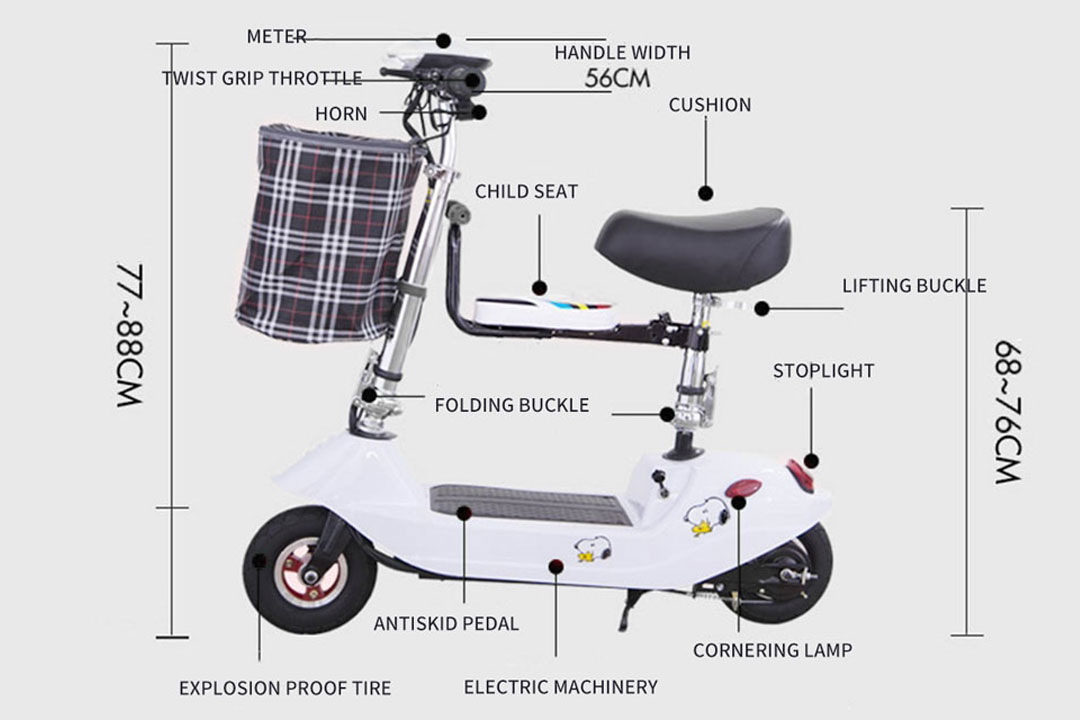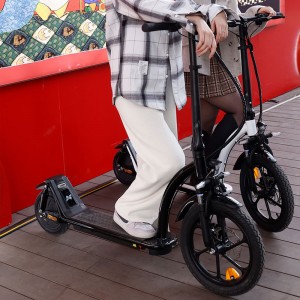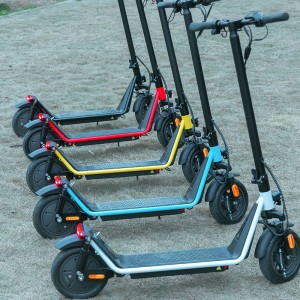With the increasing popularity of electric scooters, selecting the optimal motor for your electric scooter has become crucial. In the market, there are several main types of motors to choose from, each with its unique advantages and disadvantages. Let's take a look at some common motor types to help you make an informed decision.
Brushless DC Motor (BLDC):
Pros: Efficient, low maintenance, long lifespan.
Cons: Higher cost.
Brushless DC motors stand out for their outstanding performance. High efficiency, low maintenance, and a long lifespan make them the preferred choice for many electric scooter manufacturers. However, it's essential to note that this advanced technology may come with a relatively higher manufacturing cost.
Brushed DC Motor:
Pros: Relatively inexpensive.
Cons: Lower efficiency, shorter lifespan, requires more frequent maintenance.
Brushed DC motors are competitively priced, making them suitable for consumers on a budget. However, their relatively lower efficiency and shorter lifespan may necessitate more frequent maintenance, which is a factor to consider.
Asynchronous AC Motor:
Pros: Relatively lower cost, suitable for some low-cost electric scooters.
Cons: Lower efficiency, higher maintenance requirements.
Asynchronous AC motors are cost-effective and suitable for some low-cost electric scooters. However, their lower efficiency and higher maintenance requirements may leave some performance aspects to be desired.
Gear Motor:
Pros: Provides higher torque, suitable for climbing or scenarios requiring more power.
Cons: Typically larger, heavier, and may require more maintenance.
Gear motors are renowned for their powerful torque output, making them ideal for climbing or scenarios requiring additional power. However, their larger size, increased weight, and potential for more maintenance should be carefully weighed.
Linear Motor:
Pros: No traditional rotating parts, provides smooth power output.
Cons: High complexity, higher cost.
Linear motors employ a design without traditional rotating parts, delivering a smooth power output. However, their higher complexity and cost make them a choice that requires thoughtful consideration.
Before making a final decision, it's advisable to balance these pros and cons based on your specific needs. Considering factors such as performance, maintenance costs, and budget constraints will help you find the motor type that best suits your electric scooter.
- Previous: Unleashing Power and Style: Classic Eagle Electric Moped
- Next: Unleashing Adventure: Exploring the Features of Wholesale OEM Aluminum Alloy Frame Electric Mountain Bikes
Post time: Dec-15-2023






